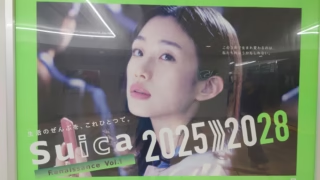 Budgeting & Expense Management
Budgeting & Expense Management Are people in Japanese Rich? Poor?
This question comes up in online forums fairly often in different forms. One of the more common forms is something like ...
 Budgeting & Expense Management
Budgeting & Expense Management  Commentary
Commentary  Commentary
Commentary  Bank Accounts
Bank Accounts  Commentary
Commentary